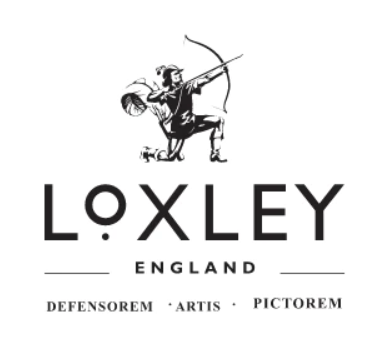The Beauty of a Blue Palette
Blue is a very eye catching colour which evokes feelings of calmness, serenity, security and orderliness.
Within the Loxley range of paints we have nine different blues. Loxley Blue, Cerulean Blue, Cobalt Blue, Phthalo Blue, Ultramarine Blue, Prussian Blue, Turquoise Blue, Blue Indanthrene.

Mixing Different Blues
The possibilities are endless when it comes to creating different hues and shades of blue. You have to combine the right colour formulas in order to get the correct results, its a science!
For Example:
Cerulean: Cobalt mixed with White
Cobalt: Ultramarine mixed with Turquoise
Turquoise: Blue mixed with Green + White
Powder: Royal mixed with White
Navy: Blue mixed with Black and Orange
Cerulean Blue

Cerulean Blue quickly became a popular colour used by artists, due to its hue and opaqueness. Although, it is an expensive pigment it still is as popular now as it was back when it was first introduced, as it is still mainly used for painting skies due to its stability and light blue colour. The colour is a very peaceful, restful, and relaxing colour.
Cobalt Blue

Cobalt Blue is extremely stable, lightfast and very compatible with any other pigments. It is described as a clean blue, as it is neither a warm nor a cold colour. This pigment is used as a good alternative for ultramarine when painting skies and has been used for centuries to make Chinese blue and white porcelain.
Phthalo Blue

Phthalo is a very popular colour, its’s use for the sea and the sky. It was developed in late 1935 by chemists and was claimed to be the most important blue discovery, since 1704 (Prussian Blue) and 1824 (Ultramarine). In our Loxley range we only have one Phthalo Blue, but you can have a red shade of Phthalo Blue and a green shade of Phthalo Blue. The Loxley Phthalo Blue is a green shade which is an ideal choice for a cool blue.
Ultramarine Blue

Ultramarine is a deep blue pigment which was the finest and most expensive blue used by Renaissance artists. It was an expensive pigment until in 1826 when an artificial ultramarine was invented, making the colour more affordable. The name Ultramarine comes from the Latin Ultramarinus, meaning ‘beyond the sea’.
Prussian Blue

Prussian blue pigment is known as the first stable and relatively lightfast blue pigment, as well as the first modern synthetic pigment to be invented. It is also made easily, lower cost, nontoxic and intensely coloured, which makes it a popular colour among artists. The pigment is only slightly permanent to light and air, but has a very high tinting strength.
Turquoise Blue

Turquoise blue was first recognised as a colour name in English back in 1573. It is a cyanish-green colour, similar to the turquoise gem.
Blue Indanthrene

Blue Indanthrene, also known as Indanthrene, is a clean deep blue, which is transparent and fully lightfast. It is diverse and used in many mediums, such as, acrylic, gouache, linseed oil, pastel, tempera and watercolour painting.


![How to Varnish a Painting [Professional Tips]](http://loxleyarts.com/cdn/shop/articles/how-to-varnish-a-painting_c34f75bb-5279-4b2b-9e74-50950931776d.jpg?v=1762921912&width=1080)
